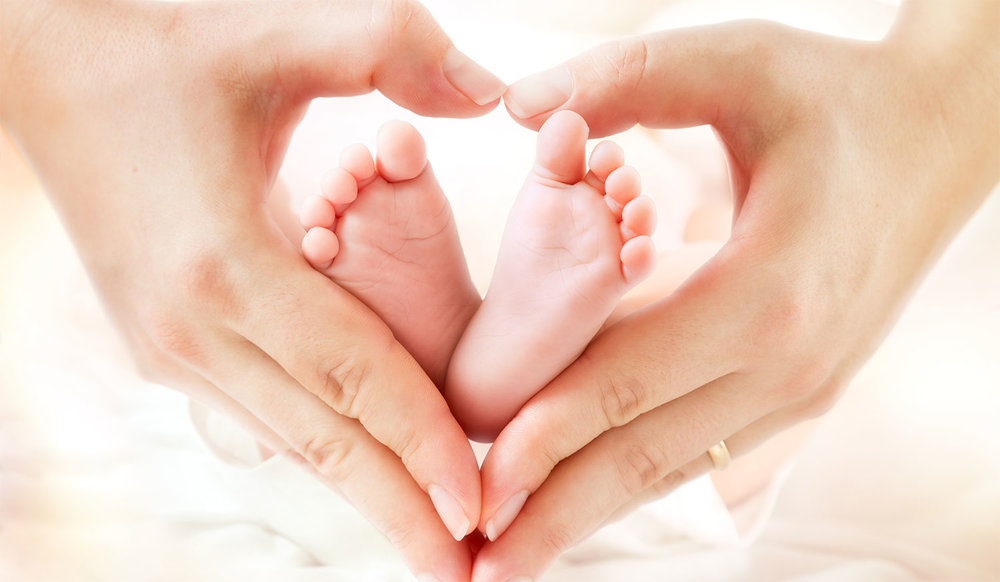Financial support for infertile couples on agenda: health official

TEHRAN — Providing financial aids for treatment of infertile couples is on the agenda of the Ministry of Health, deputy health minister Qasem Babajani has said.
Prevalence of infertility among Iranian couples nationwide is about 15 percent, Mehr news agency quoted Babajani as saying on Saturday.
Based on the figures released by population office of the Ministry of Health some 3 million Iranian couples have experienced primary and secondary infertility, he explained.
Primary infertility refers to couples who have not become pregnant after at least 1 year without using birth control methods. Secondary infertility refers to couples who have been able to get pregnant at least once, but now are unable.
He went on to say that annually some 88,000 infertile couples are added to this group.
“Every year some 35 percent of infertile couples need assisted reproductive technology (ART) an in general 75 percent of such assistance are provided to the couples experiencing primary infertility.”
According to WebMD infertility in men and woman can be treated ART. There are several types of ART including IUI (intrauterine insemination), IVF (in vitro fertilization) and GIFT (gamete intrafallopian transfer) and ZIFT (zygote intrafallopian transfer).
Treating infertile couples is a major priority for the Ministry of Health, and following the population policies increasing accessibility to infertility treatment particularly for the underprivileged has become a pressing matter, he added.
In 2014, Leader of the Islamic Revolution Ayatollah Seyyed Ali Khamenei outlined general policies of the country’s population plans, stressing the need for making comprehensive plans to promote the country’s economic, social and cultural situations for population growth.
Decreasing out-of-pocket costs for treatment of infertility and covering expenses for preserving fertility in men and women with cancer, are some of the other services provided to the infertile couples nationwide, he highlighted.
Babajani added that currently 40 centers offering treatments for infertility are up and running in the country.
WHO explains that global infertility prevalence rates are difficult to determine, due to the presence of both male and female factors which complicate any estimate which may only address the woman and an outcome of a pregnancy diagnosis or live birth.
One in every four couples in developing countries had been found to be affected by infertility, when an evaluation of responses from women in Demographic and Health Surveys from 1990 was completed in collaboration with WHO in 2004.
The burden remains high. A WHO study, published at the end of 2012, has shown that the overall burden of infertility in women from 190 countries has remained similar in estimated levels and trends from 1990 to 2010.
MQ/MG
Leave a Comment